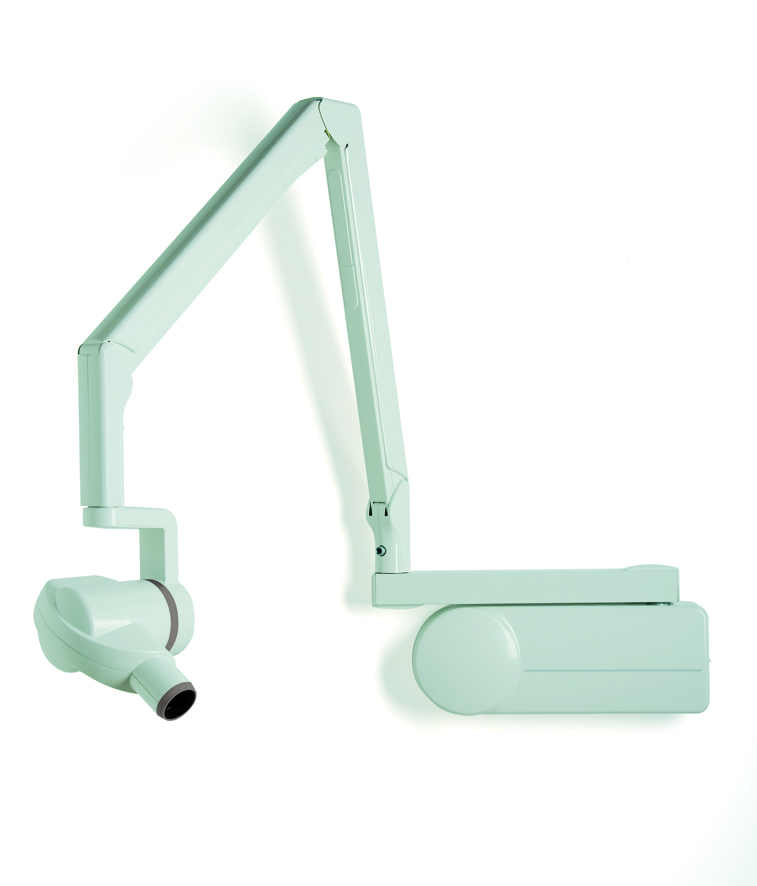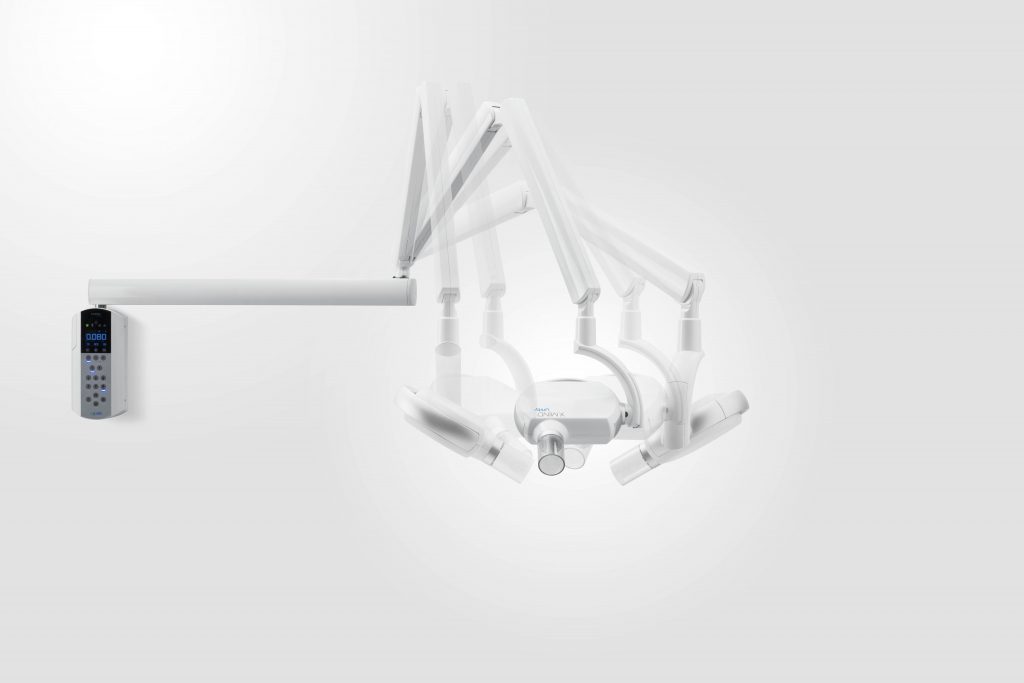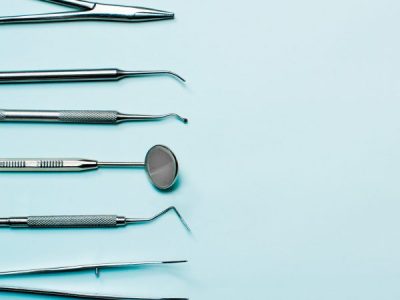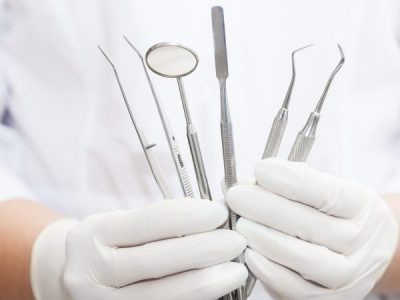X-rays are an essential part of any dental practice.
So it’s important to know that when you’re purchasing new x-ray equipment (or upgrading your old equipment) that you can trust your supplier. Here are some of the buzzwords you should watch out for and the most important things to consider before purchasing a new x-ray unit for your dental surgery.
Generators
For the record, all modern x-ray generators are digital ready. But it’s important to clarify that the generator fires the x-ray beam while the processing technique determines if it is analogue or digital.
The science behind the x-ray generator has also not really changed since they were invented, except for moving from AC to DC and some improvements in materials to reduce radiation exposure and increase image quality. So, when your supplier uses buzzwords like “innovative” and “advanced”, you should be asking the question, “how?”
Focal Point
It’s critical to have a conversation with your supplier about focal point and the difference between 0.7mm units and 0.4mm units. Science suggests that 0.4mm focal point would be better. However, this is only the case when the object being x-rayed is greater than 1 meter away from the source and/or you are requiring the image to be magnified or shown on a large screen like a projector.
Yes, the image may be a bit clearer with an 0.4mm focal point unit, but you need to ask yourself what are the x-rays for and is this a high item on your priority list?
Radiation Exposure
There are also other ways to achieve a better image with less radiation exposure. For example, using a longer cone, or collimator, will direct the radiation beam so it is more focused with less scatter. This will help reduce the amount of scatter, therefore reducing radiation leakage and exposure to patients and staff.
There is also the option of having a square collimator as opposed to a round one. This, along with x-ray guides will ensure that the minimum level of radiation is met, while focusing the radiation beam only on the area that you need.
The main questions you should ask your supplier are:
- Will it fit in my dental surgery?
- Will it do what I am expecting?
- What options are available?
- What difference does brand make?
- Does it require additional building work with supports or patching existing holes?
- Does it require additional electrical work or will it reach where you need it to?
- What is the price difference?
Suppliers don’t always explaining this information, especially when their goal is to sell you their unit. But it is so important to ensure that all these questioned have been addressed before you sign on the dotted line for a new x-ray unit.
How can we help?
Dental Depot is one of Australia’s leading suppliers of dental equipment, including x-ray units. If you’re interested in purchasing a new unit for your dental surgery, or you have questions about which unit is the right one for you, get in touch with us today!





